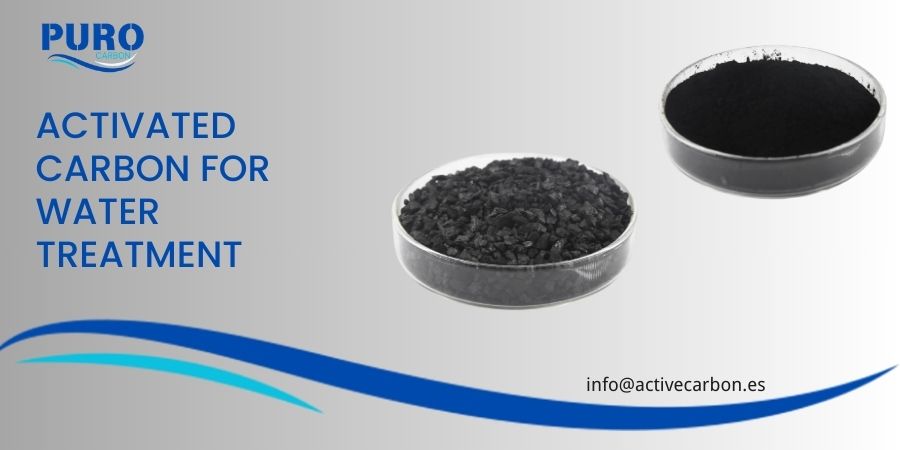Water is the source of life, and ensuring water quality not only concerns human health, but also the development of society as a whole. However, factors such as industrial emissions, agricultural pollution and urban life have seriously contaminated water resources with chemicals and microorganisms.
If these harmful substances enter the human body, they can cause serious damage to health. Activated carbon, thanks to its excellent adsorption capacity, can effectively remove various pollutants from water.
This article will explore the key role of activated carbon in water treatment, its principles and its application in the treatment of different types of water.
Principles of Activated Carbon in Water Treatment
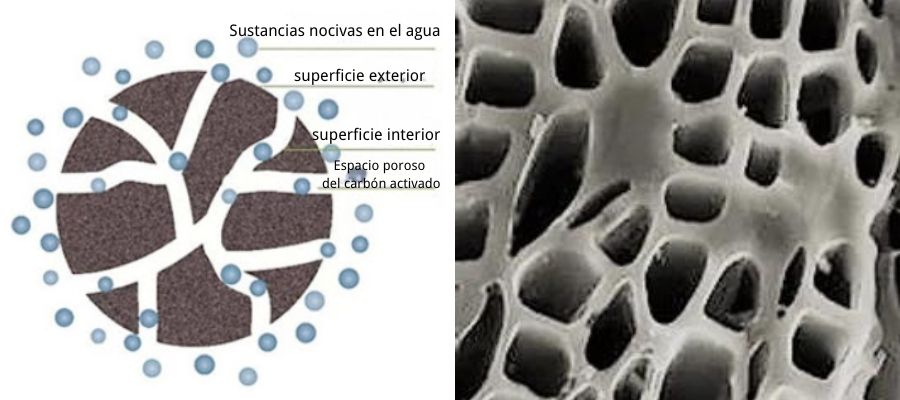
Activated carbon is a specially treated carbon material that has a highly developed porous structure and a large specific surface area, which gives it a high adsorption capacity. In the field of water treatment, activated carbon mainly removes organic contaminants, chlorine, odors, colors, among others, through two mechanisms: physical adsorption and chemical adsorption.
Physical adsorption is the main mechanism of the adsorption process of activated carbon, and depends on the porous structure and large surface area of the carbon. The pores of activated carbon are divided into micropores, mesopores and macropores, which can capture contaminants of different sizes.
In particular, in water treatment, activated carbon's large surface area and high adsorption capacity make it an ideal choice for removing organic contaminants and residual chlorine. Chemical adsorption, on the other hand, involves chemical reactions between the functional groups on the surface of the activated carbon and the contaminant molecules, which generally provides greater selectivity and adsorption strength.
Request a QuoteBenefits of Activated Carbon for Water Treatment
Activated carbon offers an effective and economical solution for removing various contaminants from industrial and municipal wastewater. The main advantages of using activated carbon in water treatment include:
- Removal of organic contaminantsActivated carbon is excellent for removing organic contaminants from water, such as pesticides, biocides and dissolved organic carbon (DOC). Its powerful adsorption capacity makes it the preferred raw material for the removal of trace organic contaminants.
- Elimination of residual chlorine and odorsDrinking water often contains residual chlorine and other by-products of chemical disinfection, which can affect the taste of water and pose a potential health threat. Activated carbon can effectively adsorb residual chlorine and its by-products, as well as remove unwanted odors and colors.
- Removal of heavy metalsActivated carbon, especially activated charcoal silver-impregnated activated carboncan also adsorb heavy metals present in water, such as lead, mercury and cadmium, preventing them from causing harm to human health.
Activated Carbon Applications in Water Treatment
Wastewater Treatment
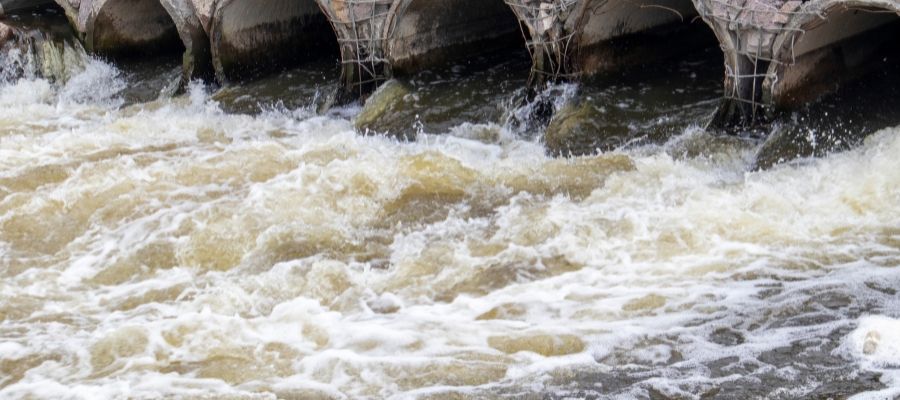
Wastewater includes highly contaminated water from industrial processes, agricultural chemical use, waste leachate and residential runoff.
Wastewater treatment plants must purify water before discharging it into lakes, rivers or oceans. We offer a variety of activated carbon products designed to treat specific contaminants in wastewater, meeting your diverse purification needs.
Drinking Water Treatment

Activated carbon can remove residual chlorine, organic contaminants, odors and colors from water, improving the taste and safety of drinking water.
Process Water Treatment
Process water, as part of industrial production, includes both potable water (such as that added to juices and other beverages) and waste or recycled wash water. We offer activated carbon in various shapes, sizes and impregnations to best meet your process water treatment needs.
Groundwater Remediation
For contaminated groundwater, activated carbon can act as an effective remediation material, removing organic contaminants and heavy metal ions, improving water quality.
Pretreatment and Reuse of Graywater
In some industrial water treatment systems, activated carbon is used for pretreatment of water, removing suspended solids, grease, etc., to prevent downstream treatment units from becoming contaminated.
Activated carbon is also used in graywater reuse systems, purifying recycled water to reduce dependence on natural water resources.
Activated Carbon Selection
The most common types of activated carbon used in water treatment are granular activated carbon y powdered activated carbon.
Granular Activated Carbon
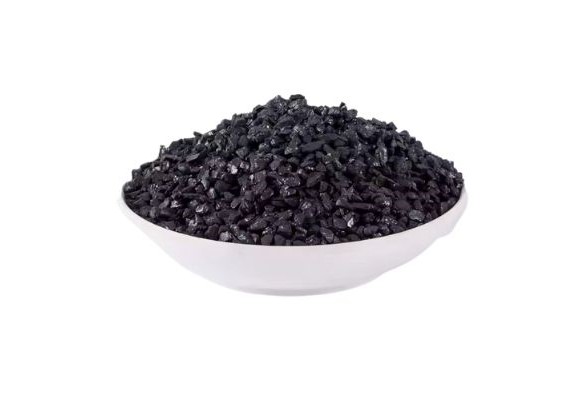
Granular activated carbon is generally used in extended contact water treatment systems, such as industrial wastewater treatment and municipal drinking water treatment. Due to its larger particle size, granular activated carbon can continuously adsorb organic compounds and dissolved gases in the water stream, extending the service life of the adsorbent.
Request a QuotePowdered Activated Carbon
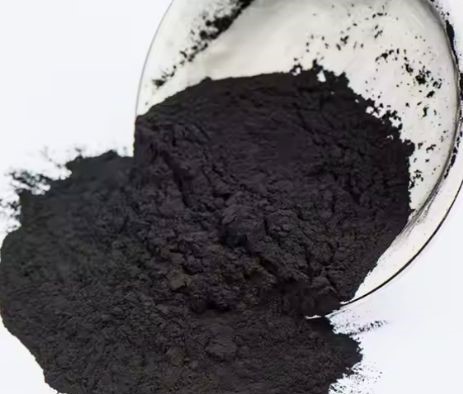
Unlike granular activated carbon, powdered activated carbon has smaller particles, making it suitable for short-term water treatment systems that require rapid removal of contaminants. Powdered activated carbon is commonly used in municipal water supply and emergency treatment systems to quickly remove harmful substances during pollution incidents.
Request a QuoteConclusion
Activated carbon is an advanced, multifunctional technology that plays a crucial role in industrial and municipal water treatment. By removing various contaminants, improving water quality and providing a cost-effective solution, activated carbon has become an indispensable tool for water suppliers and industry. If you need more information about our activated carbon products and water treatment services, please do not hesitate to contact us. contact with our team of experts.
